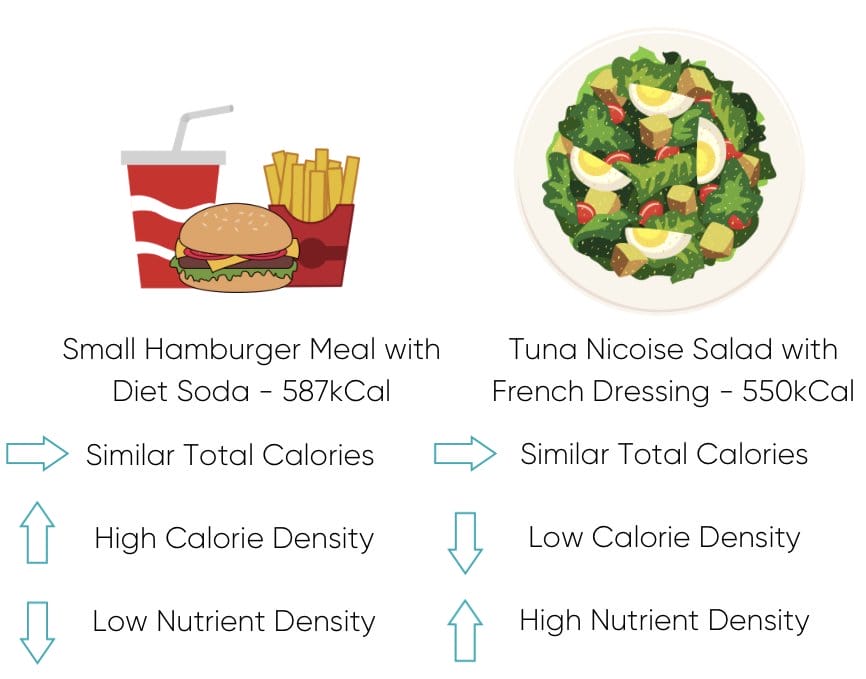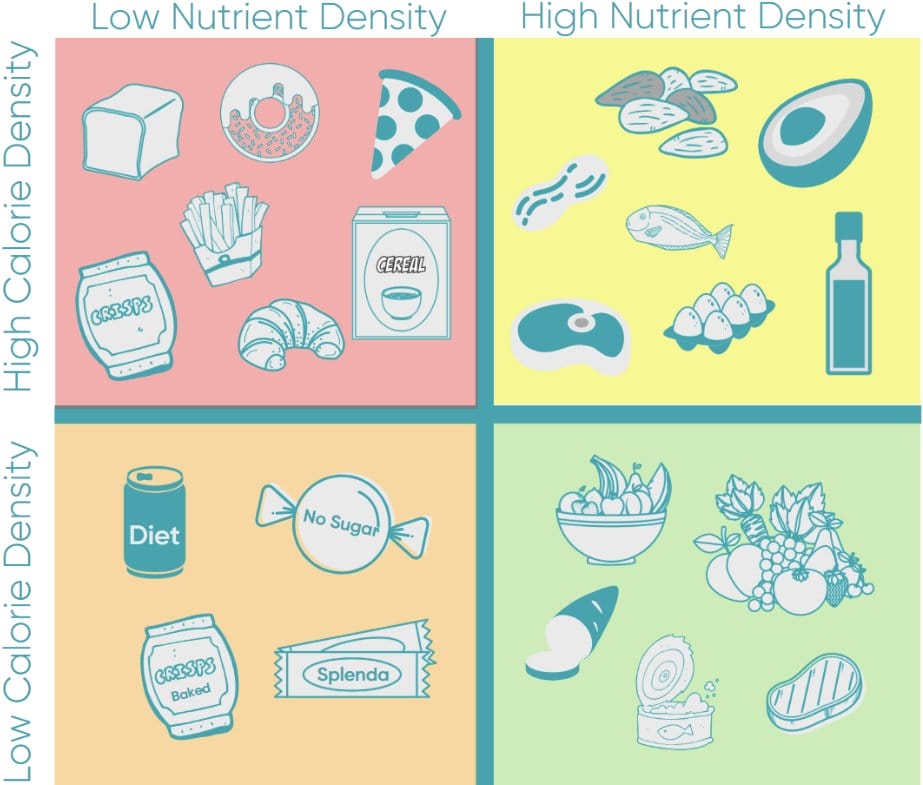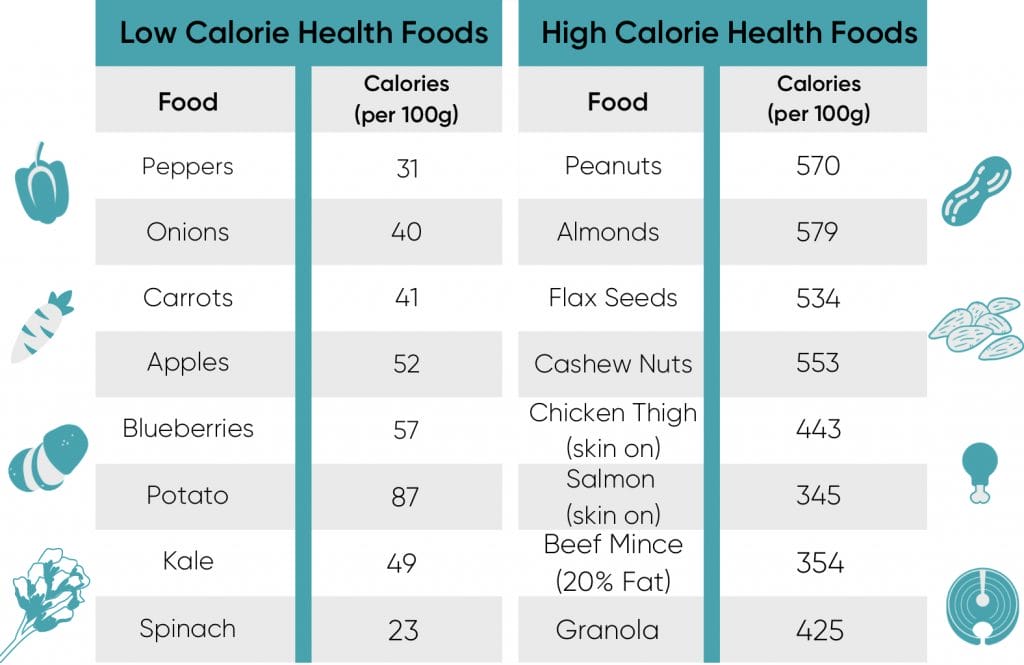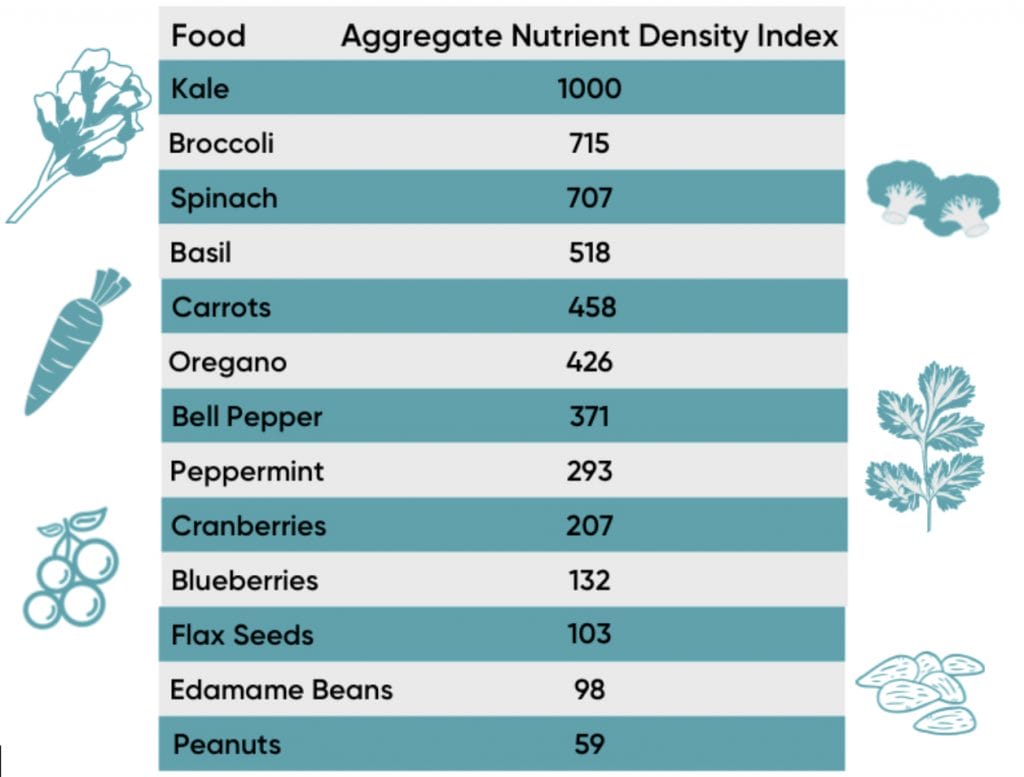Nutrition Confusion
We’ve all heard of “processed foods” which are full of “empty calories”. We’ve also heard of “clean eating” which involves restricting these processed foods and only eating highly nutritious “superfoods” full of antioxidants etc. But have you ever stopped to wonder what these phrases actually mean?
Furthermore, do you need to eat clean in order to lose weight? What does eating clean actually entail? What about flexible dieting, where people attain their desired physique whilst also eating some junks foods in the process? Can you attain your desired physique or goal weight, but still be eating unhealthily?
There’s a lot of mixed messages out there, and the answer always seems to be.. it depends! So, to bring some order to this chaotic world of nutrition, let’s start by getting some definitions out of the way:
Some Quick Definitions
1. Calories
A Calorie (kCal) is simply a measurement. It’s unit of the energy we get from food. Technically, 1kCal (it’s most common expression) is the amount of energy needed to heat 1 litre of water by 1 degree celsius.
2. Nutrients
Nutrients are substances that provide nourishment essential for the maintenance of life and for growth. They are broken down into:
- Macronutrients – Proteins, Fats and Carbohydrates.
- Micronutrients – Vitamins and Minerals.
3. Calorie Density
Calorie density is the calorie content of food relative to its weight or volume. It is also called energy density and is usually measured as calories per 100 grams.
4. Nutrient Density
Nutrient density refers to the number of micronutrients in a food product in proportion to its energy content or weight. Terms such as nutrient-rich and nutritious are often used as synonyms.
5. Whole Foods
Whole foods are foods that are found as close to their “natural state” as possible and are minimally processed before being consumed. For example raw whole grains, tubers, legumes, fruits and vegetables.
6. Processed Food
Processed foods are whole foods that have had a series of mechanical processes (grinding / powdering) or chemical fortifications (added colouring, sweeteners, antioxidants, anticaking agents etc.), to purposefully alter their consistency, flavour, shelf life or volume.
Note: The act of processing can affect foods in the following ways:
1. Acts as an initial form of digestion and breaks down long-chain molecules such as complex carbohydrates into sugars, it also removes fibre.
2. Introduces exogenous chemicals, which may not be immediately harmful, but may cause low-level inflammatory responses.
3. Can reduce nutrient density during the process.
4. Can increase calorie density during the process.
Eating “Healthily”, But Can’t Lose Weight?
This is more common than you would think! We often have our clients telling us “I eat really well, but I just can’t seem to lose any weight!”. As we know, the bottom line when it comes to weight gain/loss is energy balance. This is why the phrase ‘calories are king’ is useful. In these common cases, there is a clear disconnect between eating for health (eating well) and eating for body composition. Here is a nice way to illustrate the point:
 Common Purpose Team
Common Purpose Team







